Quiet Seas Open Subsea Soundscape Exploration
The Flanders Marine Institute (VLIZ) has seized on the quiet brought about by the COVID-19 lockdown to map the underwater soundscape of the Belgian section of the North Sea.
Using its AutoNaut USV research vessel, Adhemar, VLIZ has been able to record current noise levels, which will be compared with the marine soundscape once normal sea traffic and marine activities recommence, helping to better determine the impact of man-made noise on natural sea life and the marine environment.
Following a 15% fall in shipping intensity in the North Sea since the start of the pandemic, VLIZ put its AutoNaut USV robot Adhemar into action to carry out measurements of the underwater noise in the turbid and shallow coastal waters of Ostend-Bredene.
Using Seiche’s MicroPAM monitoring and mitigation system, developed specifically for autonomous surface vehicles (USVs), underwater sound was captured using two hydrophones trailed on an 8m in-water cable with depth sensor. The onboard Seiche electronics module acquired and recorded all data.
VLIZ will analyze the sound recordings to identify underwater sounds originating from marine animals and the environment, including sounds from fish, invertebrates and other species that are typically masked by anthropogenic activities.
This will allow VLIZ to investigate whether a different underwater soundscape can be observed as a result of reduced shipping traffic.
The results from the study, which are currently being processed, will be announced later this year in the autumn.

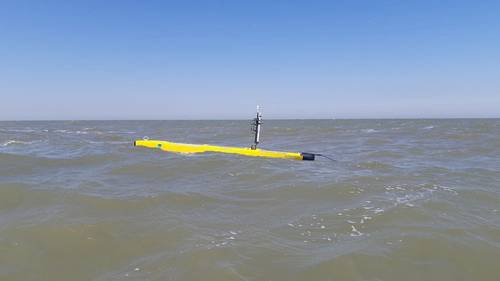
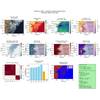

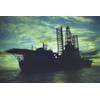
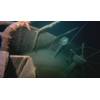

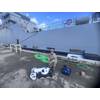





 December 2025
December 2025



